(First upload on July 20 2011. Last on December 10 2024) [ 日本語 | English ]
Mount Usu / Sarobetsu post-mined peatland
From left: Crater basin in 1986 and 2006. Cottongrass / Daylily
HOME > Plant list (植物リスト) > Hippocastanaceae (トチノキ科) > Aesculus turbinata
Three genera in Engler's syllabus (エングラー体系) [APG: Sapindaceae (ムクロジ)]
| Aesculus L. |
Billia Peyr. |
Handeliodendron Rehd. |
A. turbinata Blume (トチノキ), one native species
PlantationA. chinensis Bunge (シナトチノキ) |
A. hippocastanum L. (セイヨウトチノキ) A. indica (Colebr. ex Camb.) Hook. (インドトチノキ) |
A. pavia L. (アカバナアメリカトチノキ) A. × carnea Heyne (ベニバナトチノキ), A. hippocastanum × pavia |
|
Tochinoki (トチノキ, 栃ノ木), Japanese buckeye/Japanese horse-chestnut Lifeform: deciduous tree < 35 m high ☛ giant tree (巨木) Distribution: Japan (Kyushu - south to Mount Teine and Zenibako Coast in southeastern Hokkaido), probably escaped in the other regions of Hokkaido |
Habitat: moist slopes along streams on mountains and ravines
Field training on integrated environmental research (統合環境調査法実習) (fauna and flora 種リスト) Fruit: globular, not developing spines ↔ A. hippocastanumSeed dispersal: cache (Irie & Tsuyuzaki 2011) Chromosomal number: 2n = 40 f. pubescens (Rehder) Ohwi ex Yas. Endo (ウラゲトチノキ) |
|
 1
1
 2
2
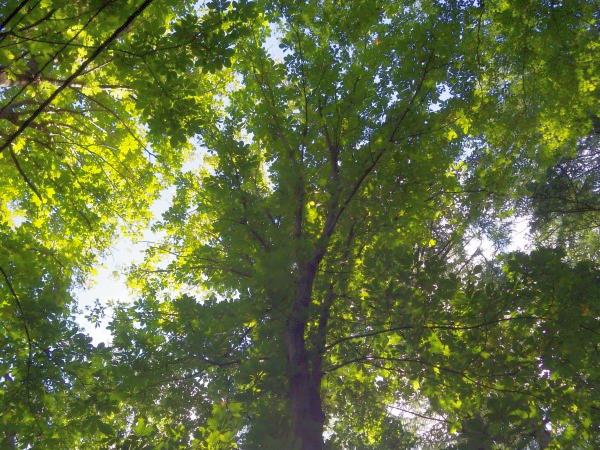 3
3
 4
4
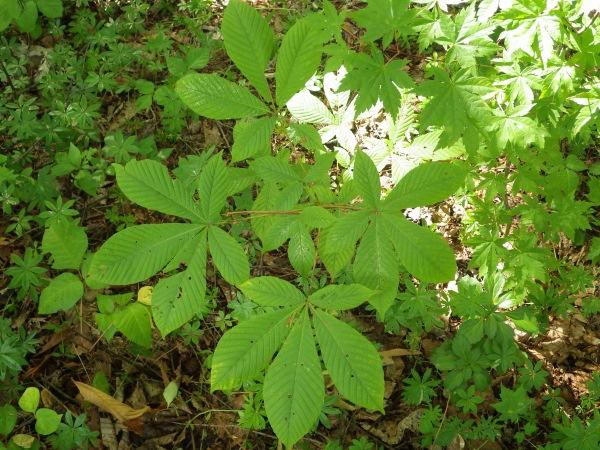 5
5
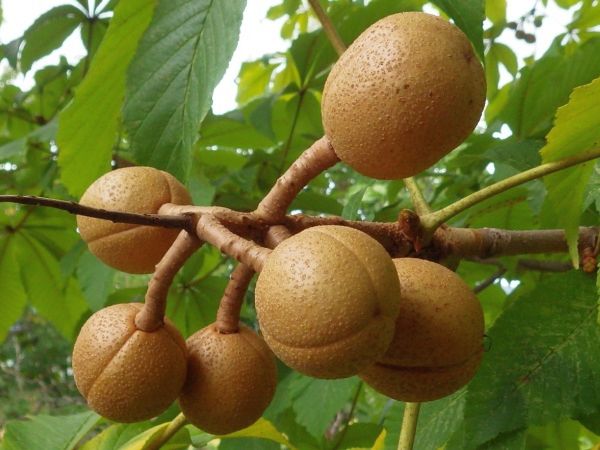 6
6
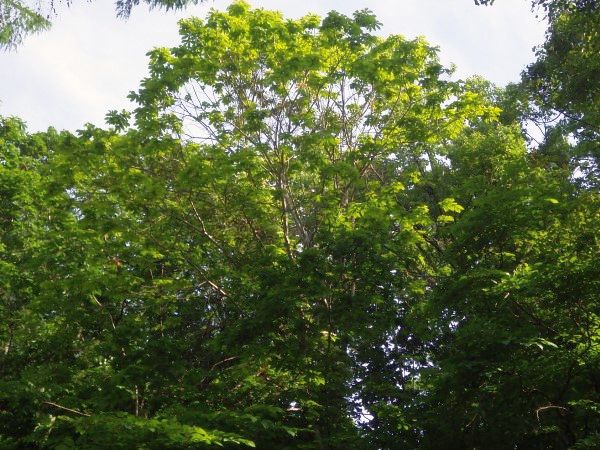 7
7
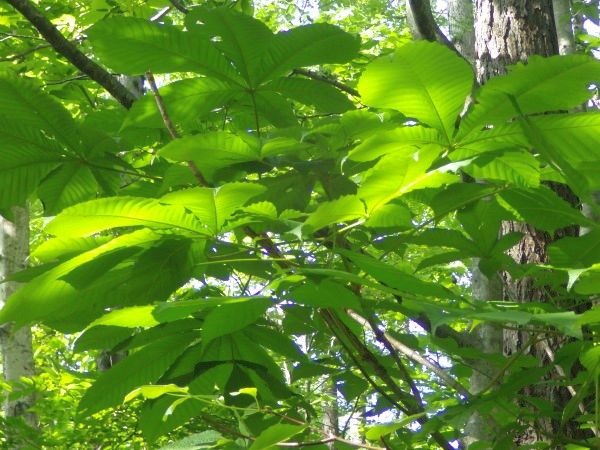 8
8
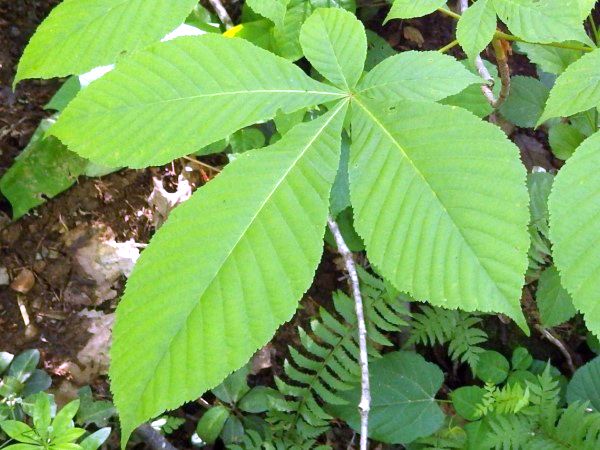 9
9
[1/2] in Nakagawa Experimental Forest, Hokkaido University, on June 16 2011. The seeds (acorns) are cached by rodents (Irie & Tsuyuzaki 2011). [3-5] in Tsukiura Forest Park faced to Toya Lake on September 15 2015 (bark, 樹皮). [6] in the Sapporo City Nature Education Park on September 19 2016. [7-9] in an area where the Otaru-Yoichi wind farm was planned on June 15 2023. Records: in Maeda Forest Park on May 30 2020. A sapling in a forest located at the backyard of Faculty of Science, HU, on September 23 2023. [Japan] near Inu-ochi Falls (犬落の滝) in Hyakkennzan Canyons (百間山渓谷), Wakayama Prefecture, on June 26 2024.